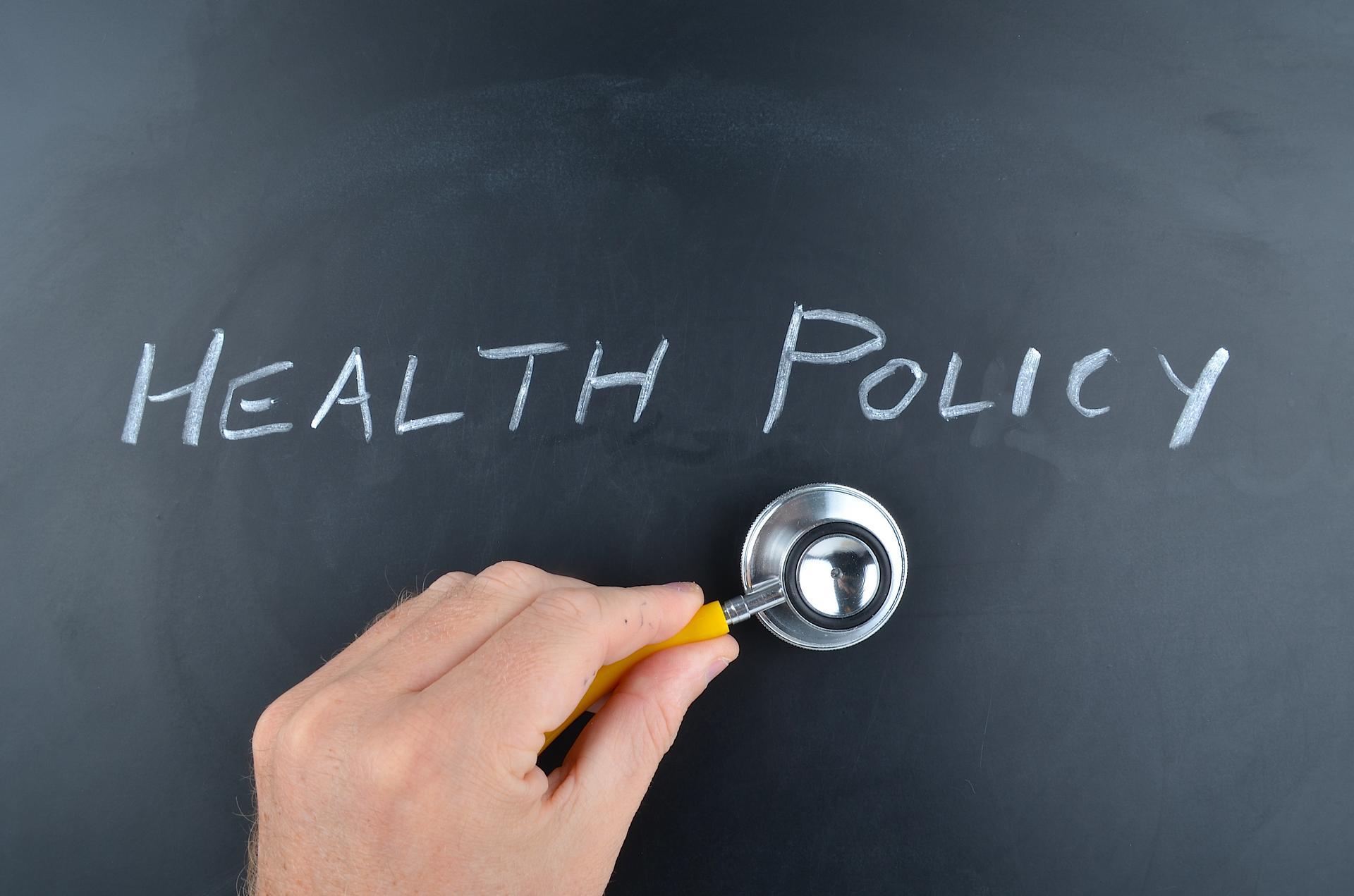How to Create an Occupational Health and Safety Policy For Your Company
Workplace safety standards are not just about preventing injuries, illnesses, or even fatalities. They are also about avoiding potential financial burdens for your business. An effective workplace safety policy can address potential issues and identify risks before they can cause serious harm.
Ready to prioritize the health and safety of your employees? Register for an occupational health screening with Health Street today and take the first step towards a safer workplace.

Key Elements of an Effective OHS Policy
An occupational health and safety policy can vary depending on the industry or company. However, most businesses agree it is a necessity. Often, a good workplace safety policy includes:
Hazard Identification and Control: For effective workplace hazard prevention, you must identify and reduce potential hazards. This involves eliminating or isolating any potential hazards before they can harm your employees, modifying equipment or adding protective elements, and ensuring smooth operations. Some strategies to improve your risk management policy can include adequate breaks, job rotations, proper training, and limiting access to dangerous areas.
Implementing the OHS Policy
Safety Compliance and Regulations
Implementing an OHS policy is essential, but so is updating it. One of the most important workplace safety procedures is reviewing safety regulations regularly and keeping up with OHS regulations and standards. Safety compliance may change as we learn about new potential risks at the workplace. Compliance with legal requirements helps prevent workplace accidents and keeps workplace safety standards high.
Incident Reporting and Investigation
Another key to an effective OHS Policy is establishing a reporting system so no incidents are missed. Reporting and investigating worksite incidents can help employers understand shortcomings, identify workplace hazards, and prevent future incidents.
Registering for Occupational Health Screenings with Health Street
When it comes to occupational health screenings, you can count on Health Street. We offer occupational health services at more than 10,000 clinics. Our services can be ordered and scheduled via our secure, cloud-based platform, which means you can view medical examinations from anywhere. Plus, you can keep track of individual health over time and plan wellness assessment initiatives that match your employees' needs.
Get in touch with Health Street today. Register for an occupational health screening and take the first step towards a safer workplace.
Frequently Asked Questions
What should be included in an occupational health and safety policy?
Ensure your OHS includes information, instructions, and training for workers so they can work safely and avoid workplace injuries or illness. The health and safety regulations should help with workplace injury prevention and embrace workplace safety standards.
What are the key benefits of OHS policy?
Workplace safety procedures can benefit your business in many ways. Some key benefits can include: workplace accident prevention, keeping your employees healthy and happy and avoiding any potential liability due to negligence.





